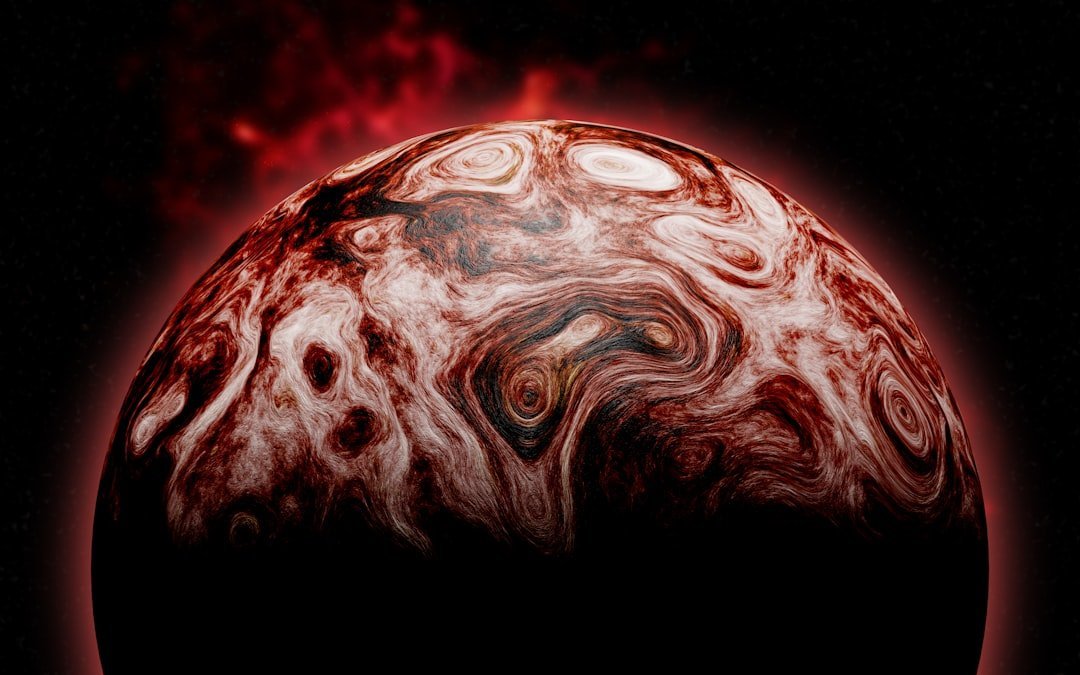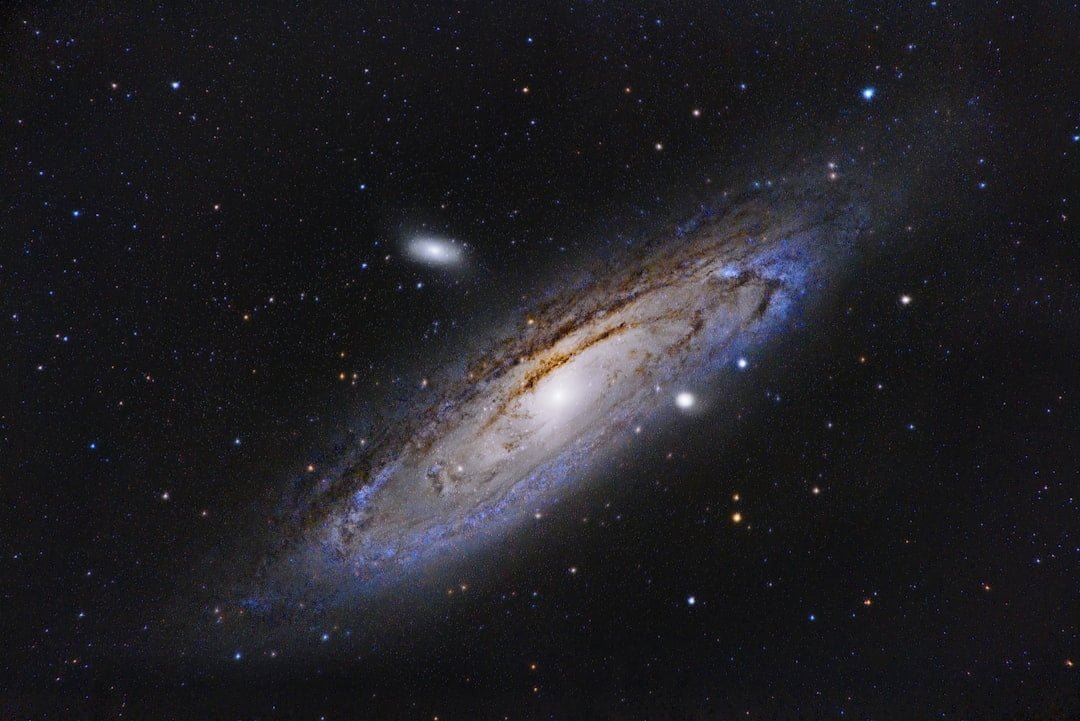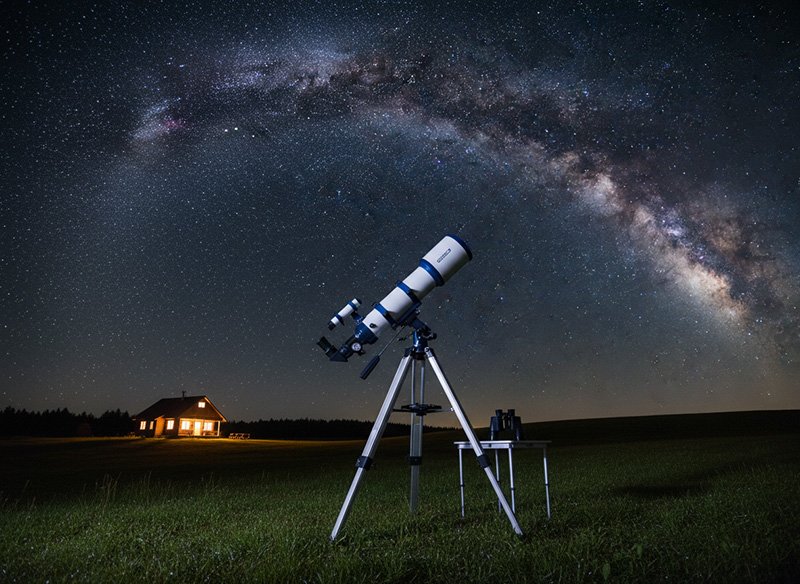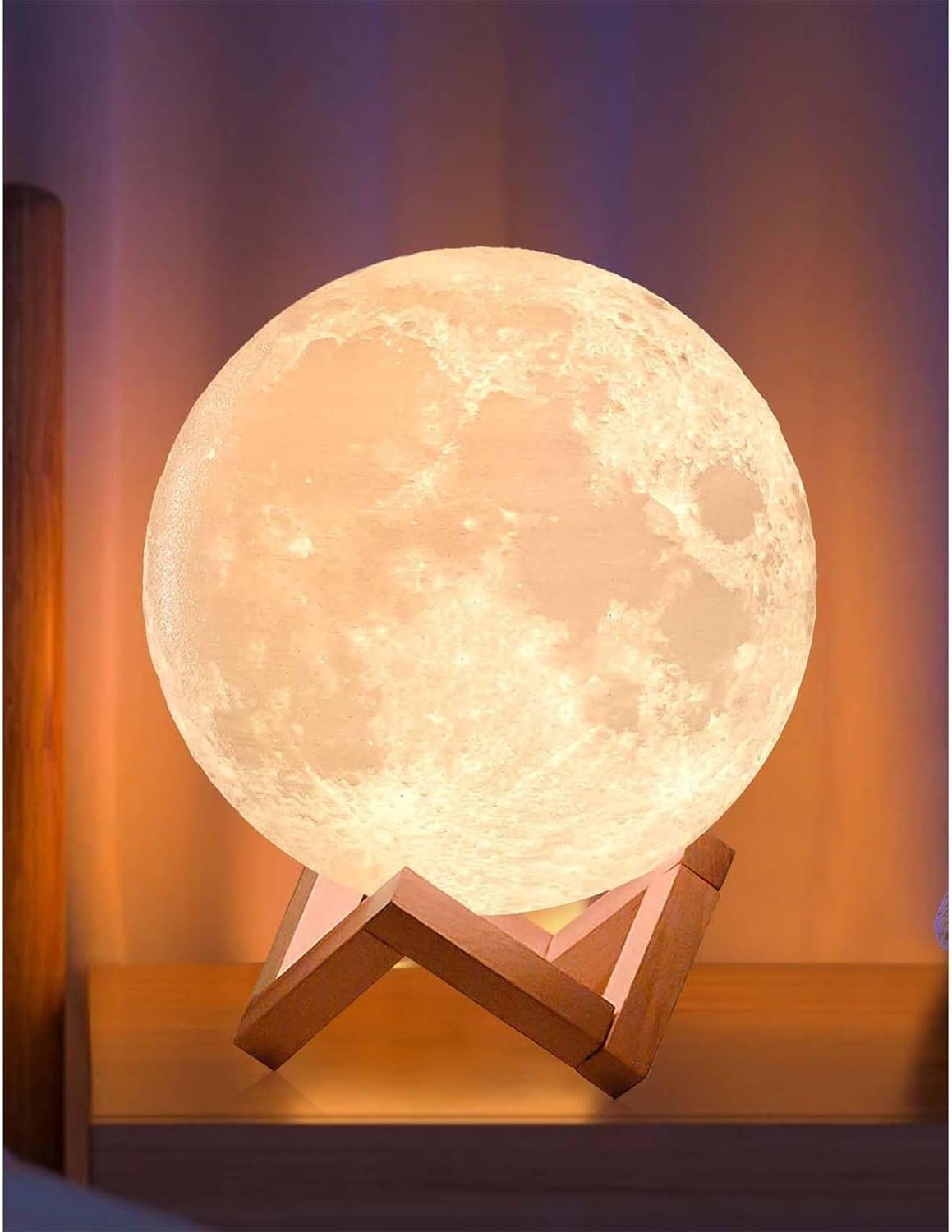The concept of Earth’s existence in space is a perplexing and fascinating topic that has intrigued humans for centuries. From ancient civilizations to modern scientists, humans have sought to understand Earth’s place in the universe and its relationship with other celestial bodies. This understanding is crucial to understanding our own existence and the vastness of the universe we inhabit.
Key Takeaways
- Earth is a small planet in a vast universe, but its existence is significant for humanity.
- The solar system is Earth’s home in space, and the atmosphere acts as a protective shield.
- The moon is Earth’s closest companion, and the sun is its primary source of energy.
- The Milky Way is Earth’s home galaxy, but the universe is vast and full of mysteries.
- The search for extraterrestrial life has implications for Earth’s existence in space.
Earth’s Place in the Universe: A Brief Overview
The universe is vast and complex, with billions of galaxies and trillions of stars. Earth is located in the Milky Way galaxy, which is just one of many galaxies in the universe. The Milky Way is estimated to contain over 100 billion stars, including our own sun. Our galaxy is a spiral galaxy, meaning it has a disk-like shape with arms spiraling out from a central bulge. Earth is located in one of these spiral arms, about 25,000 light-years from the galactic center.
The Solar System: Earth’s Home in Space
The solar system is made up of the sun and all the planets and other celestial bodies that orbit around it. Earth is the third planet from the sun and is the only known planet to support life. The other planets in the solar system are either too hot or too cold to support life as we know it. The solar system also includes other objects such as moons, asteroids, and comets. These objects are all held together by the sun’s gravitational pull.
The Atmosphere: Earth’s Protective Shield in Space
Earth’s atmosphere is a layer of gases that surrounds the planet and protects it from harmful radiation and other space debris. It is composed mainly of nitrogen (78%) and oxygen (21%), with trace amounts of other gases such as carbon dioxide and water vapor. The atmosphere also helps regulate the planet’s temperature by trapping heat from the sun, creating what is known as the greenhouse effect. This is essential for maintaining the conditions necessary for life to thrive on Earth.
The Moon: Earth’s Closest Companion in Space
The moon is Earth’s only natural satellite and is the fifth largest moon in the solar system. It is about one-fourth the size of Earth and has a rocky surface covered in craters. The moon’s gravitational pull affects the tides on Earth and has played a significant role in shaping the planet’s geology. The moon also has a significant cultural and symbolic importance to humans, with many ancient civilizations worshiping it as a deity or using its cycles to mark time.
The Sun: Earth’s Primary Source of Energy in Space

The sun is a massive ball of gas that provides the energy that sustains life on Earth. It is composed mainly of hydrogen (about 74%) and helium (about 24%), with trace amounts of other elements. The sun’s energy is produced through nuclear fusion, where hydrogen atoms combine to form helium, releasing vast amounts of energy in the process. This energy is radiated out into space as sunlight, which reaches Earth and provides the energy needed for photosynthesis, the process by which plants convert sunlight into food.
The Milky Way: Earth’s Home Galaxy in Space
The Milky Way is a spiral galaxy that is estimated to be over 100,000 light-years in diameter. It contains billions of stars, including our own sun, and countless other celestial objects such as planets, asteroids, and comets. The Milky Way gets its name from its appearance in the night sky, where it appears as a hazy band of light stretching across the sky. Earth is located in one of the Milky Way’s spiral arms, about 25,000 light-years from the galactic center.
The Universe: Earth’s Existence in the Vastness of Space
The universe is estimated to be over 13 billion years old and is constantly expanding. It is made up of billions of galaxies, each containing billions of stars. Earth’s existence in the universe is a mere blip in time compared to the vastness of space. The scale of the universe is difficult for humans to comprehend, but it is a reminder of our small place in the grand scheme of things.
The Search for Extraterrestrial Life: Implications for Earth’s Existence in Space
The search for extraterrestrial life is a hot topic in the scientific community. Scientists are actively searching for signs of life on other planets and moons within our own solar system, as well as on planets orbiting other stars. The discovery of life on other planets would have significant implications for our understanding of Earth’s place in the universe. It would suggest that life is not unique to Earth and that the conditions necessary for life to exist may be more common than previously thought.
The Significance of Earth’s Existence in Space for Humanity
In conclusion, Earth’s existence in space is a perplexing and fascinating topic that has intrigued humans for centuries. Understanding Earth’s place in the universe and its relationship with other celestial bodies is crucial to understanding our own existence. From the vastness of the universe to the intricacies of our solar system, each aspect contributes to our understanding of the world we live in. As we continue to explore and learn more about space, we gain a deeper appreciation for the beauty and complexity of our planet and its place in the cosmos.
If you’re fascinated by the mysteries of the universe, you might also be interested in exploring the enigmatic phenomenon known as Fast Radio Bursts (FRBs). These powerful bursts of radio waves from deep space have puzzled scientists for years. To delve deeper into this intriguing topic, check out this article on “What are Fast Radio Bursts (FRBs) and Where Do They Come From?” It offers a captivating exploration of these cosmic signals and their origins. And if you’re curious about our own cosmic neighborhood, you can also read about the galaxy we call home in the article “Which Galaxy Do We Live In?” Lastly, for those wondering about the possibility of extraterrestrial life, “Does Mars Have Life?” provides an insightful examination of the potential for life on the Red Planet.
























